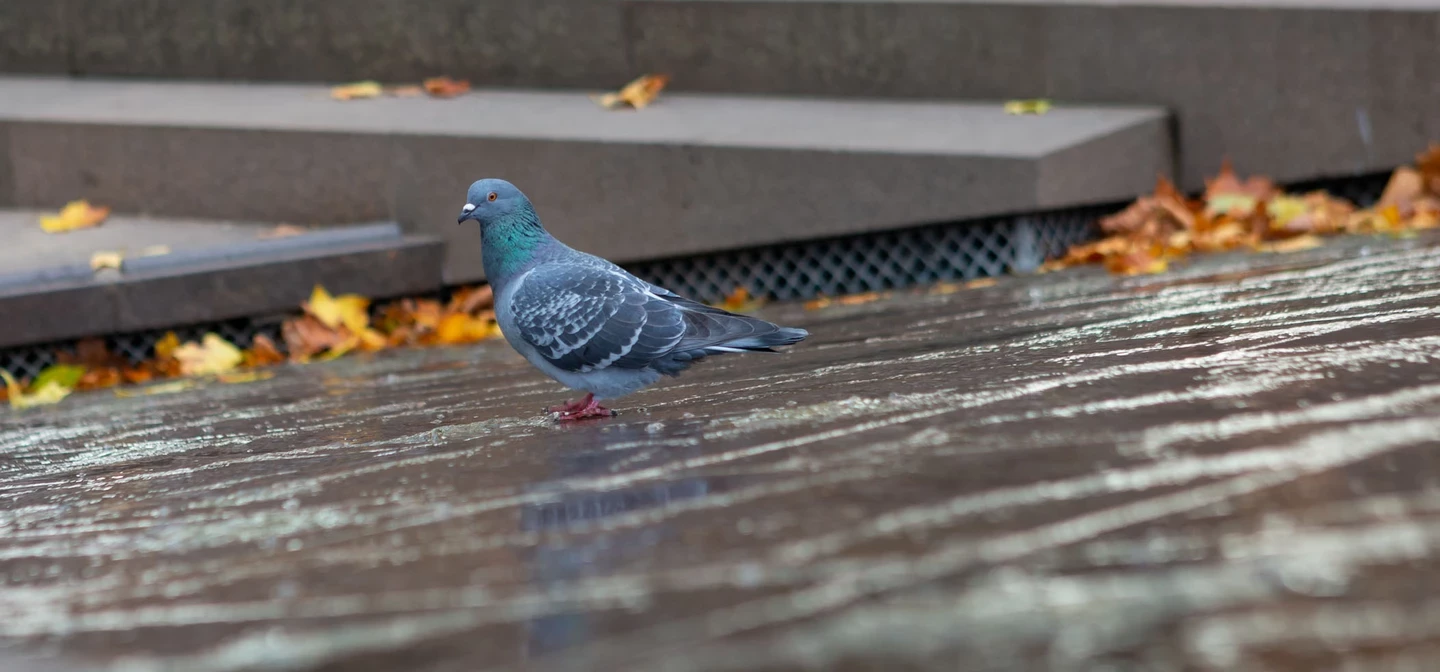
Wildlife in The Green Park
Key information
Gatekeeper butterflies, dancing in Coronation Meadow. Hawthorn and blackthorn blossom in spring. Pipistrelle bats insect-hunting at dusk. Black poplars and silver limes.
All in the heart of a capital city.
The Green Park – a haven for wildlife, and wellbeing
The Green Park has a character all of its own. Its peaceful, rolling green grassland, dominated by many mature, veteran London plane trees , purposely lacks ornamental flower beds and gardens, unlike the other Royal Parks.
Instead, the trees and copses take centre stage – from lofty London plane trees to the rarer silver limes and black poplar. Look up into the plane tree canopy, at the southern end of Broad Walk, and you’ll see bat boxes for the pipistrelle and soprano pipistrelle bats to nest in. The bats are a common twilight sight for the many Londoners walking home through The Green Park after work.
Hawthorns, hedgerows and holly
The blackthorn and hawthorn copses in the north of The Green Park, and the native scrub and holly hedgerows in Turner’s Copse and along the Queen’s Walk, are incredibly valuable wildlife habitats. Holly is the main food source for the holly blue caterpillar, and the berries are vital in winter for all the smaller birds, including the robins, wrens and blue tits. And the sight of our blackthorn and hawthorn bursting into blossom is always a welcome sight after a long winter.
The shady woodland in the east of the park is traversed by many birds and small mammals as well as invertebrates such as beetles, bugs and spiders that play a crucial role in the park’s ecosystem.
Biodiversity in action – the Coronation Meadow
Meadows are extraordinarily rich ecosystems. Once a familiar sight throughout the English countryside, our historic meadowlands are declining. In 2013, King Charles III, The then Prince of Wales, called for every county to create a wildflower meadow – and we took up the conservation challenge.
Our Coronation Meadow was created using ancient seeds, sourced from the West Sussex Coronation meadow which has a similar soil profile to the park. Yellow rattle – a vital ‘starter seed’ for wildflower meadows – was collected in Hyde Park by local schoolchildren. Take a moment to enjoy the flourishing wildflowers, butterflies and birds of the meadow – alive in summertime with meadow brown and comma butterflies, bumble bees, and sun loving oxeye daisies.
Species Living in Green Park
- Gatekeeper butterflies, dancing in Coronation Meadow
- Hawthorn and blackthorn blossom in spring
- Pipistrelle bats insect-hunting at dusk
- Black poplars and silver limes
- Holly (important for birds and smaller wildlife in winter)
- Holly blue caterpillars (feeding on holly)
- Robins, wrens, and blue tits (feeding on holly berries)
- Various birds and small mammals in shady woodland areas
- Invertebrates such as beetles, bugs, and spiders
- Meadow brown and comma butterflies in Coronation Meadow
- Bumblebees and sun-loving oxeye daisies in Coronation Meadow
Wildlife and parklife – a delicate balancing act
The Royal Parks are unique urban parklands, where people and wildlife can exist side by side. Our responsibility as The Royal Parks charity is to balance the best interests of the people, animals, birds, plants and planet for future generations.